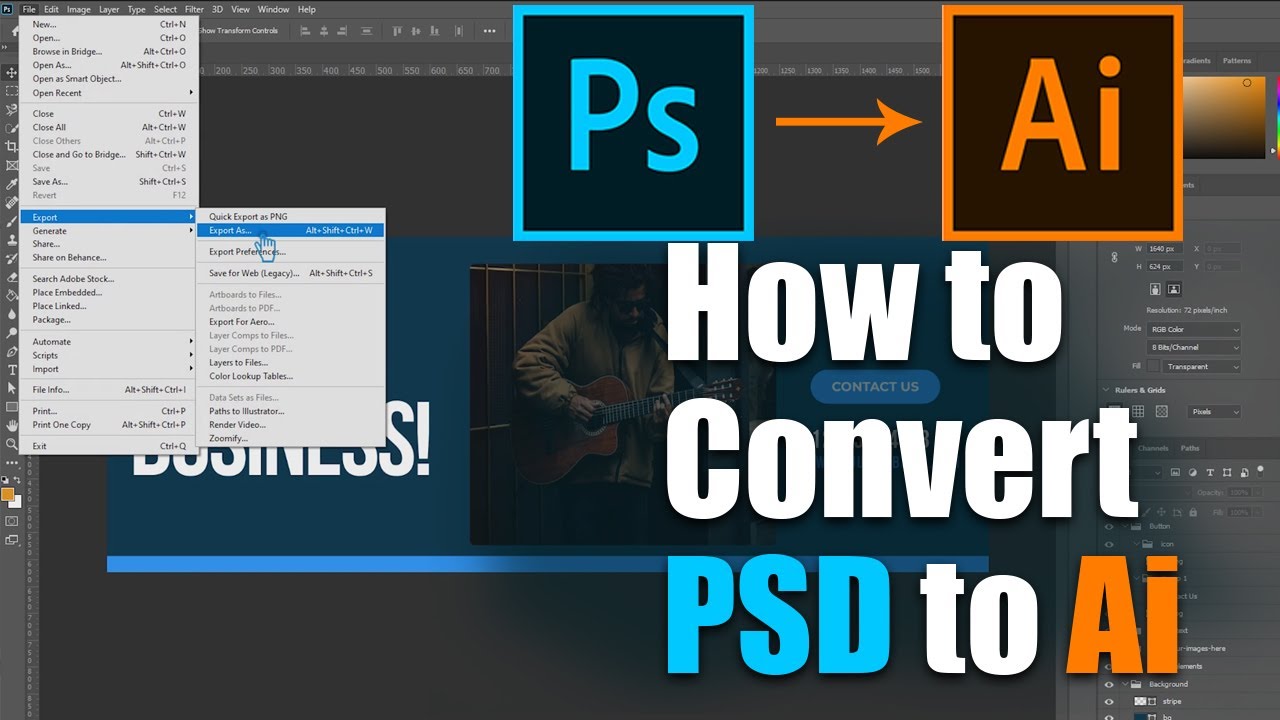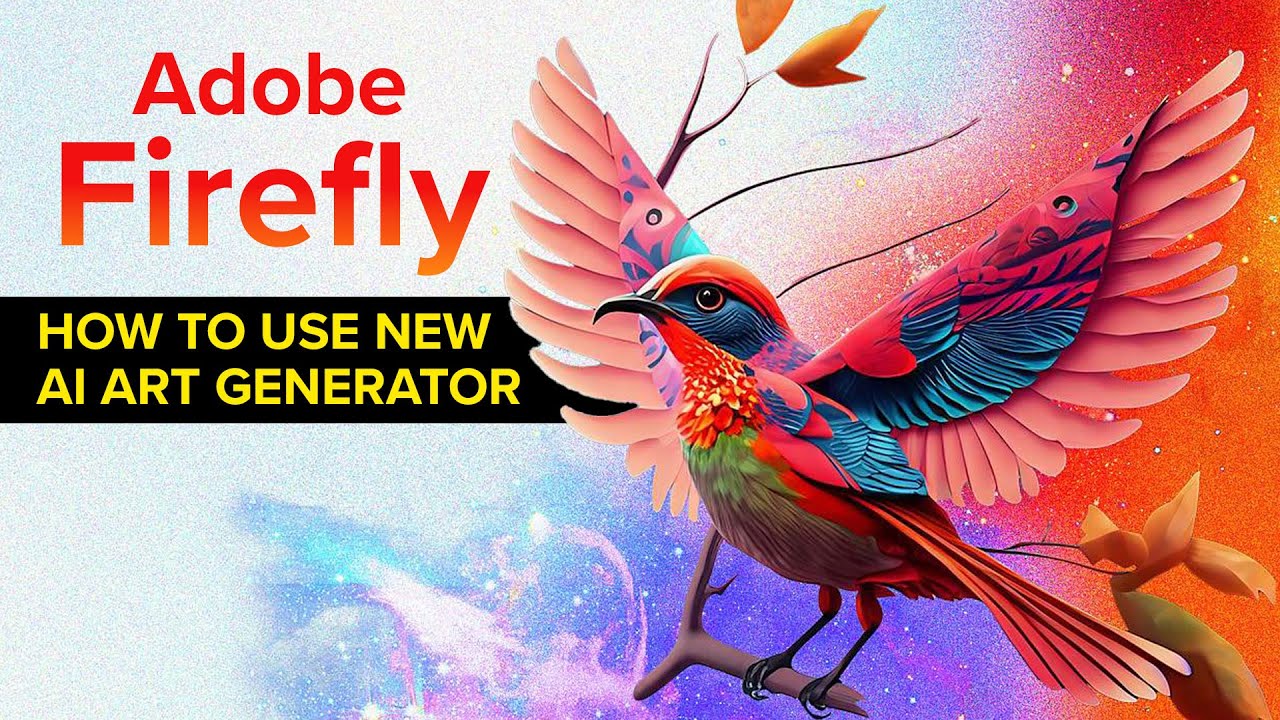In the ever-evolving world of digital creativity, combining resources can open new doors. Adobe Stock and AI integration is a game-changer for graphic designers, marketers, and content creators. Imagine effortlessly transferring your licensed Adobe Stock images into AI-driven projects, enhancing creativity, streamlining workflows, and amplifying your artistic vision. This powerful synergy allows you to harness the best of both worlds—high-quality visuals and cutting-edge technology. Let’s dive into how this integration works and what it means for your creative projects!
Understanding Adobe Stock Licensing

Before you can effectively use Adobe Stock images in your AI projects, it’s crucial to grasp the licensing agreements that govern these assets. Adobe Stock offers several licensing options to fit different needs, which can be summarized as follows:
- Standard License: This is suitable for most uses, allowing you to use images in digital and print media without restrictions on the number of copies.
- Extended License: Perfect for those who want to use images in merchandise or for resale, this license provides broader usage rights.
When you purchase a license from Adobe Stock, you gain the right to use the images in various projects without worrying about copyright issues. However, it's essential to respect the terms of the license. Here are some key points you should consider:
- Attribution: While most images don’t require attribution, check the specific license details to ensure compliance.
- Modifications: You can modify images for your projects, but be careful not to misrepresent the original work.
- Restrictions: Avoid using images in sensitive contexts, such as those that imply endorsement without consent.
Understanding these licensing nuances not only helps you avoid legal issues but also empowers you to use Adobe Stock images more effectively in your AI applications. Integrating licensed images into your AI tools can enhance visual storytelling, provide context, and even spark innovative design solutions. Make sure to keep track of your licenses and stay informed about any updates from Adobe, as this will enable you to leverage their resources fully.
Also Read This: adobe stock how much does the average contributor earn
3. Steps to Download Licensed Adobe Stock Images

Downloading licensed Adobe Stock images is a breeze, and it’s crucial to do it right to ensure you stay compliant. Here’s a simple step-by-step guide to get you started:
- Log in to Your Adobe Account: First things first, head over to the Adobe Stock website and log in. If you don’t have an account yet, you’ll need to create one to access their vast library.
- Search for Images: Use the search bar to find the images you need. You can refine your search using filters like orientation, color, and even image type (photos, vectors, videos). For instance, if you’re looking for a cozy coffee shop image, type “coffee shop” and see the options pop up!
- Check Licensing Options: Once you find an image that catches your eye, click on it to view its details. Here, you’ll find important information about the licensing options. Make sure to select the appropriate license type based on how you plan to use the image, whether for commercial or personal projects.
- Add to Cart: If the image fits your needs, hit the “Add to Cart” button. Adobe Stock often offers subscription plans or credit packs, so choose options that best suit your project requirements and budget.
- Download the Image: After your purchase is complete, navigate to your cart and click “Download.” The image will then be saved to your device. Make sure you keep track of where it’s saved for easy access later!
And just like that, you have your licensed Adobe Stock images ready for your creative endeavors! Remember, it’s important to keep a record of your downloads and licenses in case you need to refer back to them in the future.
Also Read This: How to Remove Background from Adobe Stock Images
4. Preparing Adobe Stock Images for AI Use
Now that you’ve downloaded your licensed Adobe Stock images, it’s time to prep them for AI use. This step is crucial, especially if you're planning to integrate these images into AI-driven projects. Here’s how to get your images ready:
- Check Image Resolution: Make sure your images are high resolution. Most AI tools perform better with high-quality images. If you’ve downloaded a low-res version, consider re-downloading a higher resolution from Adobe Stock.
- Optimize File Format: Depending on your AI application, you might need to convert your images. Common formats are JPEG and PNG, but some AI tools prefer TIFF for lossless quality. Use image editing software like Adobe Photoshop or online converters if needed.
- Remove Unwanted Elements: Before you upload your images to the AI, consider if there are any parts you want to edit out. Tools like Photoshop or GIMP allow you to easily remove backgrounds or unwanted objects, ensuring the focus is where you want it.
- Label Your Files: Organizing your files helps streamline the process later on. Name your images descriptively, incorporating keywords related to the project. This can save time when you're searching through images later.
- Create a Backup: Always have a backup of your images, especially if you’re using them for significant projects. Cloud storage solutions like Google Drive or Dropbox are great for keeping everything secure and accessible.
By taking these steps, you ensure that your Adobe Stock images are not only compliant but also primed for creativity with AI. Your artistic vision is just around the corner!
Also Read This: A Marketing Tutor’s Guide to Geotagging Images
5. Best Practices for Using Adobe Stock in AI Projects
When integrating Adobe Stock images into your AI projects, following some best practices can elevate your creative output. Here are a few tips to ensure a smooth and efficient workflow:
- Understand Licensing: Before downloading any image, make sure you fully understand the licensing agreements. Adobe Stock provides a range of licenses, and knowing which one applies to your project can save you from legal hassles down the road.
- Select the Right Resolution: Choose images that match your project’s requirements. If you’re working on a high-resolution print project, opt for larger images to maintain quality. For web projects, consider smaller sizes to optimize loading times.
- Use Keywords Wisely: When searching for images, use specific keywords to narrow down your results. For example, instead of searching for "nature," try "sunset over mountains" to find more tailored options.
- Incorporate Images Seamlessly: When integrating stock images, ensure they blend well with your project’s overall aesthetic. This might mean adjusting colors, adding filters, or cropping the images to fit your design.
- Maintain a Consistent Style: Consistency is key in any creative project. Choose images that share a similar color palette or theme to create a cohesive look throughout your project.
By applying these best practices, you'll not only make better use of Adobe Stock images but also enhance the overall quality and effectiveness of your AI projects. Remember, the goal is to create something that resonates with your audience while showcasing your unique vision!
6. Common Issues and Troubleshooting Tips
Even the best-planned projects can hit snags. Here are some common issues you might encounter when working with Adobe Stock images in your AI projects and tips on how to troubleshoot them:
- Image Quality Issues: If the images appear blurry or pixelated, ensure you’re using the correct resolution for your project. Double-check that you've downloaded the right version—sometimes, using a thumbnail instead of a high-res file can lead to quality problems.
- Licensing Confusion: If you’re uncertain about an image’s licensing status, revisit Adobe Stock’s licensing section. You can also contact customer support for clarification. Always keep a record of the images you use and their respective licenses.
- Incompatibility with AI Tools: If an image doesn’t seem to work in your AI software, check for file format compatibility. Convert images to a supported format if necessary, typically JPEG or PNG.
- Finding the Right Image: If you’re struggling to find the perfect image, consider using Adobe Stock’s advanced search filters. These can help you narrow down your options based on orientation, color, and even image type.
- Overwhelmed by Choices: With millions of images available, it’s easy to feel overwhelmed. Set specific criteria for your project beforehand to help filter your choices effectively. Sometimes, less is more!
Being prepared for these common issues can help you navigate your projects smoothly. Remember, creativity often involves a bit of trial and error, so don’t be afraid to experiment while you find your way!
 admin
admin








